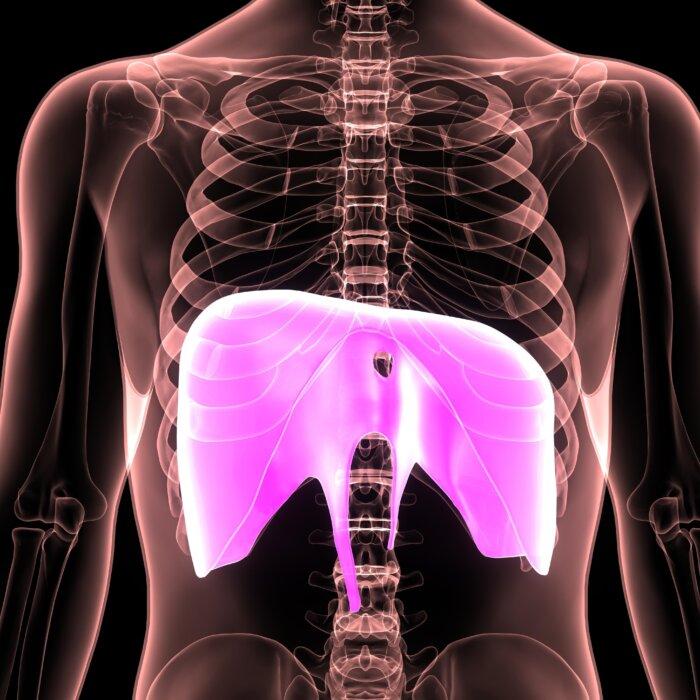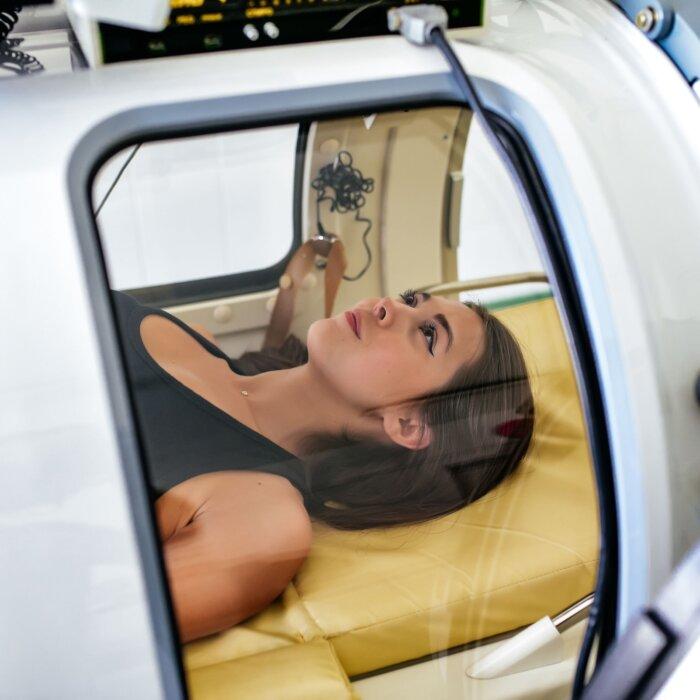Humans can endure three weeks without food and several days without water, but oxygen deprivation reduces survival to mere minutes. Oxygen not only sustains life but also sharpens the brain and fortifies the immune system, playing a pivotal role in combating illness.
Through the act of breathing, we draw oxygen from the air into our lungs. Breathing oxygenates our blood. From there, it’s transported to every corner of our bodies, fueling muscle movement, thoughts, and even the heartbeat.
Oxygen as a Vital Nutrient
Oxygen might be invisible and tasteless, but it’s essential for life, powering the cells that fuel our very existence. Yet when we talk about what’s necessary for our health, oxygen often gets upstaged by vitamins, minerals, and other nutrients.“Oxygen is an essential nutrient—as essential as those factors that we normally describe as nutrients—without which our cells and tissues cannot function for more than a few minutes,” Paul Trayhurn, emeritus professor of nutritional biology at the University of Liverpool, told The Epoch Times in an email. “It is only because it is obtained through the lungs rather than the gastrointestinal tract that we fail to recognize oxygen as a nutrient.”
Just like water, protein, or any vitamin, oxygen is critical for our well-being. It helps every cell in the body turn food into energy. Without enough oxygen, our cells can’t get the other nutrients they need.
Breathing is something we do all the time, yet we hardly notice it. However, the way many of us live today—sitting too much and being stressed out—has impaired our breathing, reducing oxygen intake and affecting our health.
“Learning to breathe effectively goes beyond relaxation. It’s about ensuring our cells are energized and our bodies are operating at their peak,” Stuart Sandeman, a globally recognized breathing expert and founder of Breathpod, told The Epoch Times.
Oxygen’s Crucial Role in Fighting Chronic Disease
When we think about staying healthy, we often focus on eating right, staying active, and maintaining our mental well-being. Yet a crucial element is often overlooked—how well oxygen is delivered to our cells.“You can have the most refined diet, rigorous exercise routine, and a disciplined meditation practice, but if oxygen cannot efficiently reach your cells, these efforts may not yield their full benefits,” Dr. Michael Bauerschmidt, physician and medical director of Deeper Healing Medical Wellness Center, told The Epoch Times.
Oxygen is crucial for cellular energy and detoxification—but its efficiency is key—insufficient oxygen leads to fatigue, weakened immunity, and delayed healing. Yet oxygen’s role is complex, as its presence contributes to oxidative stress.
Oxidative stress arises from an imbalance between harmful free radicals and protective antioxidants, leading to cell damage. As the body uses oxygen to produce energy, it inadvertently creates free radicals. These unstable molecules can damage cells if not adequately neutralized by antioxidants. Without sufficient defense, oxidative stress can lead to chronic inflammation and diseases such as heart disease, diabetes, and cancer.
“Oxidation is essentially rust,” Dr. Bauerschmidt said. “While we cannot prevent rusting entirely, we do have control over how quickly it occurs in our bodies.”
Functional medicine focuses on improving oxygen delivery to cells as a way to manage chronic diseases. This can involve exercises to increase lung capacity, methods to improve blood circulation, and reducing inflammation to ensure oxygen reaches where it’s needed most efficiently.
Dr. Bauerschmidt also highlights the importance of the air we breathe.
“What you breathe is as important as how much you breathe,” he said.
Exploring Advanced Oxygen Therapies for Enhanced Well-Being
Breathing is just the beginning when it comes to oxygen intake. To go further, medical science has developed therapies such as hyperbaric oxygen therapy (HBOT) and ozone therapy, offering new ways to boost our oxygen levels and overall health.Hyperbaric Oxygen Therapy
At its core, hyperbaric oxygen therapy is based on a straightforward idea—increasing the pressure around us can significantly boost the oxygen capacity of our blood.People undergoing HBOT are placed in a pressurized chamber where they breathe in pure oxygen, allowing for a higher oxygen concentration in the blood plasma. This enhanced oxygen availability can revitalize areas of the body affected by inflammation or injury, promoting healing.
Johns Hopkins Medicine highlights that HBOT interrupts the harmful cycle of swelling, oxygen deprivation, and tissue damage, noting that it “can disable the toxins of certain bacteria,” thus helping to prevent infections.
Ozone Therapy
Ozone therapy enhances oxygen’s potency by combining it with ozone (O3), creating a powerful molecule. When introduced into the body, often intravenously, this oxygen-ozone mix targets a variety of pathogens. The additional oxygen atom in ozone gives it unique healing properties, such as boosting the cells’ oxygen absorption.The science behind ozone therapy points to its ability to trigger antioxidant responses and enhance oxygen use within cells. It’s effective against bacteria, viruses, fungi, and other harmful microorganisms because it breaks down their protective barriers and neutralizes them.
Used for both infectious and chronic ailments—ranging from chronic fatigue syndrome and arthritis to Alzheimer’s disease and heart disease—ozone therapy revitalizes cells and enhances blood oxygenation. This process is akin to giving our cells a rejuvenating breath, boosting their energy production and defense mechanisms.
Ozone therapy also strengthens the immune system, amplifying its ability to ward off diseases. This boost can lead to the production of crucial immune cells and signaling molecules, creating a formidable barrier against illness.
However, Dr. Velio Bocci, who was a pioneer in the field, said, “As other medical approaches using potent drugs, ozone therapy may present some risks, which can be avoided if the ozone therapist is theoretically and practically well prepared.”
Exercise With Oxygen Therapy
Exercise with oxygen therapy (EWOT) combines physical activity with heightened oxygen intake to boost oxygen circulation throughout the body. Oxygen is typically administered while on a treadmill, exercise bike, or elliptical machine.By exercising while breathing in higher concentrations of oxygen, people theoretically experience improved cellular health, leading to a reduction in pain and disease. The technology behind EWOT has evolved, with the latest systems allowing for results in just 15 minutes, thanks to high-efficiency oxygen delivery systems.
Breathing Exercises Versus Advanced Oxygen Therapies: Finding What Works for You
As we strive for improved oxygen, we’re faced with a choice—traditional breathing exercises or cutting-edge oxygen therapies. While these therapies provide a direct boost in oxygen levels, breathing exercises such as diaphragmatic breathing, pursed-lip breathing, and the Buteyko method work to enhance how effectively our bodies use the oxygen we naturally breathe in. These techniques aim to expand lung capacity, slow breathing rates, and improve the exchange of oxygen and carbon dioxide, optimizing the body’s respiratory system.The choice between these options largely hinges on personal health circumstances and goals. While everyone can benefit from the preventive, disease-fighting benefits of improved breathing, those with specific health issues or recovering from injuries might find oxygen therapies, with their ability to offer a more targeted, intensive increase in oxygen levels, a game-changer that can affect recovery and health.
“Breathing exercises are great, but some people need more,” Dr. Bauerschmidt said.
Regularly practicing breathing exercises can enhance respiratory efficiency and contribute to overall well-being. However, for those needing an immediate and more substantial oxygen boost—such as individuals with certain medical conditions—oxygen-enhancing therapies can deliver oxygen more directly and potently to the cells.
Whether through honing the art of breathing or embracing the advancements in oxygen therapy, the goal remains the same—to ensure our bodies are optimally oxygenated, supporting our health and enhancing our ability to heal and thrive.









